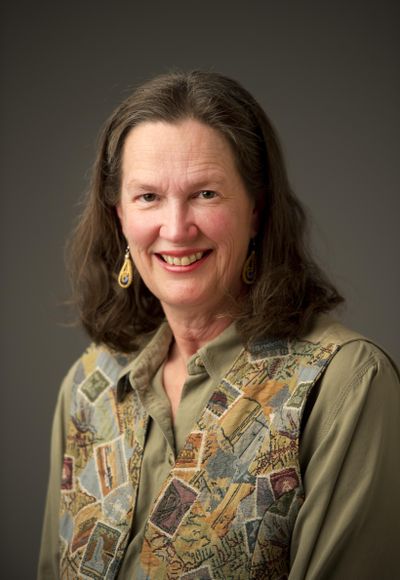Madsen: Relationships are key to effective habitat protection

Last Wednesday, the Washington Department of Fish and Wildlife held a public forum “asking people to share their views on the values and priorities that should drive the department over the next several years.” About 75 attendees were on hand at the large ballroom at CenterPlace in Spokane Valley by the time the meeting started.
It looked like the kind of listening session where public agency staff stand around the sides of a room at display boards politely listening to comments about plans and projects well underway − except all the easels held empty writing pads. There were no proposals, no agenda, no draft planning documents to be reviewed too late for meaningful input. It wasn’t open-mike night with three-minute speeches and a humorless timekeeper. It was a different kind of public forum.
OK, there was a PowerPoint presentation; can’t expect WDFW to abandon every agency stereotype. The graphics were an opportunity to run big-picture statistics in front of the crowd before turning everyone loose for one-on-one conversation. Agency staff had been “instructed to have big ears and little lips” for a true listening session with a clean slate.
The facilitator for the agency ran quickly through the presentation. A map showed wildlife areas and outdoor recreation opportunities all over the state. Washington citizens on average recreate outdoors for a total of two months per year. The outdoor recreation economy generates over 200,000 jobs. The average angler spends $40 per day on a fishing trip. Meaningless statistics without context or detail, as I told staff later. Many rural counties lack the resources to harvest that $40 a day unless fishermen are buying an awful lot of bait and gas.
By land area, Washington is the smallest Western state, but with a population second only to California. Population growth projections, assuming straight-growth, will add about 1 million more people by 2030. How do we encourage an outdoor ethic in the next generation? WDFW’s goal hasn’t changed − to maintain habitat to support all users. The unasked question is whether rates of outdoor use are rising or falling and how the types of users and their demands are changing.
Wildlife-human conflict is definitely increasing, not just for farmers and ranchers but for suburban gardeners and anyone dodging potential road kill. Farmers are harassed by wildlife grazing their crops, and ranchers are pressed by predators harassing and killing their livestock. Last week, the Next Door Comstock neighborhood group circulated a photo of a moose lounging in a front yard at 40th and Arthur. It was reported to have been spotted later in the day crossing Grand Boulevard, headed for Manito Park — not what we usually consider a wildlife area. Drivers beware.
The desire to live near perfect nature is increasing development pressure to convert working landscapes to residential real estate. WDFW’s response has often been to aquire more land for state ownership. But it’s much better to pursue policies supporting the viability of working landscapes to continue to provide habitat for wildlife as well as human life. Pulling more property off the tax rolls in rural counties adds to the burden on county government and the junior taxing districts that provide essential services.
A final conversation with a WDFW manager was most memorable. Since I didn’t write down his name I can’t get him into trouble. I complimented our local game warden for his long service in our county, effectively building relationships with the land and the community. We agreed that building relationships is key to effective habitat protection. We agreed millennials are looking for social context in their work, valuing relationships over hierarchy. We agreed it was a shame when a biologist who spends years learning about a unique ecosystem within the state is forced to move if he or she is moved up the salary ladder. It takes years to develop a gut-level feel for a whole ecosystem − the wildlife, the land and the people.
Everyone I spoke with at the forum understood the value of long-term relationships and localized knowledge in land management. My final values-and-priority suggestion was that WDFW redesign personnel policies to recognize and reward individuals for building a depth of local knowledge. This manager noted the biggest obstacle − like all state employees, the biologists are forced to belong to the state employees union, and unions support outdated personnel models.
“Then the best thing we could do for Washington wildlife is become a right-to-work state,” I said. He had to bite his tongue. Big ears and small mouth at this forum.